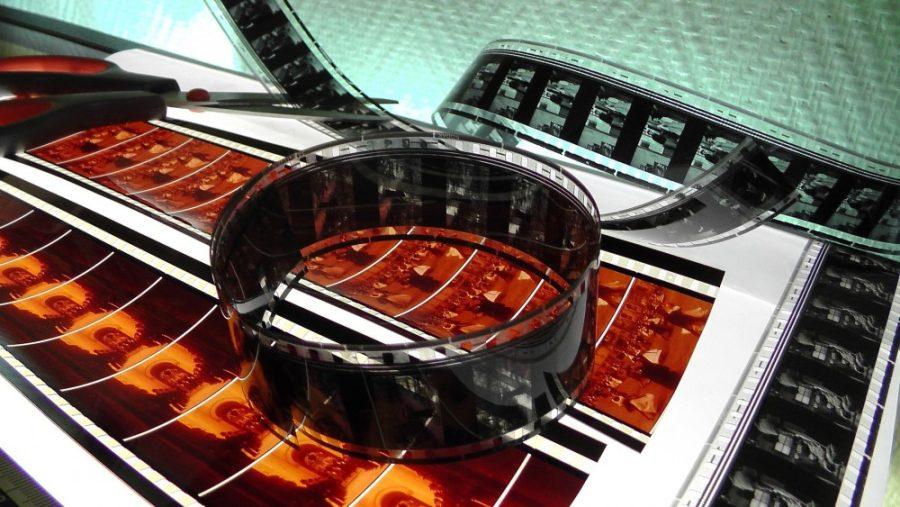Following The Loft Cinema’s 70mm Showcase, resident movie nerds Victoria Pereira and Shane Holly go head to head to debate whether the filmmaking style is really all that.
Victoria Pereira: 70 mm is great
In a world of digital media where hundreds upon thousands of movies are available through online streaming, film is often thought of as past its prime.
A large percentage of filmmakers today choose to shoot their movies in digital formats due to the lower cost, and most movie theaters in the country thusly project in a digital format.
Most films that were shot on celluloid used the industry standard 35 mm film stock, but some filmmakers explored other options.
Directors Robert Wise and Jerome Robbins decided to shoot “West Side Story” with 70 mm film when they adapted the famous musical into their 1961 blockbuster.
When watching the film at the special 70 mm screenings this past weekend at The Loft Cinema, it was easy to see why the two directors chose the extra-large formatting for their film.
A film shot in 70 mm has double the screen space to its advantage and immerses the audience in a way a smaller print size just can’t.
It also has a higher potential for detail compared to other more common sizes. The larger a film cell is, the more detail that can be printed onto it—meaning, 70 mm results in brighter colors and a clearer overall picture.
Film stock holds both the picture and sound of a movie, so similar to the improved picture quality, 70 mm film has improved sound in comparison to other formats.
Five millimeters of the 70 mm film cell is used solely for sound, meaning that the musical numbers in “West Side Story” are so high-quality it feels like Maria and Tony are singing live on stage rather than on a screen.
Larger screen size, improved image resolution and incredible sound quality make it clear: 70 mm is the way to go, especially when watching the Jets and Sharks dance, sing and fall in love on the streets of New York City.
Shane Holly: 70 mm isn’t all it’s cracked up to be
Events like The Loft Cinema’s 70mm Showcase this past weekend are perhaps the only reason to raise the question—to project in film or to project in digital?
Well, the funny thing is, it isn’t much of a debate with the industry rapidly converting entire archives of film into digital hard drives every day.
Really, it’s just a relatively small group of connoisseurs and purists that advocate the exclusive use of film in filmmaking—well, that and small art-house theaters that show it as a sort of specialty film experience.
The truth is, unless you’re a trained projectionist, there’s a pretty good chance you won’t be able to tell the difference between film and digital projection, let alone the famed 70 mm.
So, what then is the draw of 70 mm, “the ultimate film projection,” as the Loft puts it? I have a hunch the answer is much more personal than it is technical.
Yes, I will admit that there is indeed an inviting richness to the big-screen experience, especially one that (you’re told) was shot and projected in stunning 70 mm film. But isn’t this a selfish approach to art?
Since the introduction of computers and the internet, digital technologies have invaded nearly every aspect of our lives and art is no exception. Now, in this time of tumultuous transition, it stands to reason we might cling to nostalgia as a kind of flotation device on which we can wade through the choppy waters of change, but art doesn’t merely sooth—it challenges, reflects and predicts.
Arguably one of the best-shot scenes in recent film and television history was the battle scene in “Game of Thrones” episode “Battle of the Bastards”—a show made by HBO, which is essentially the antithesis of the movie-going experience and has been a longtime pioneer in the digital content movement.
Seventy millimeter film on a big screen is spectacular and welcoming for sure, but it shouldn’t be heralded as the ultimate film-going projection—especially when that definition changes drastically everyday.
Follow Victoria Pereira and Shane Holly on Twitter.









